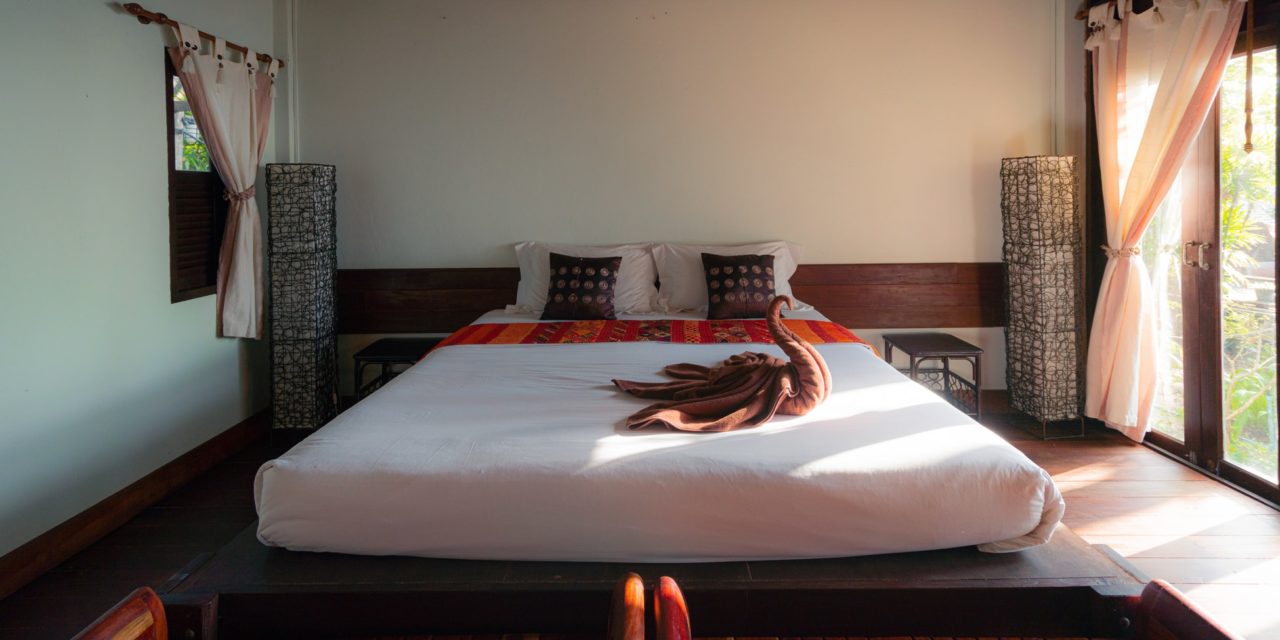What if there was way that would allow you to select a few brands of mattresses, that interest you and perform your own test. You could pit them up against a hard and fast checklist, of the things that make up quality memory foam, and then, make your selection based on these facts.
That's what this article is all about and I hope you gain the insight you came for.
There are tons of things you need to know but the essentials are:
In what country was the foam manufactured?
What is the density of the foam?
What is the thickness of the memory foam layer itself?
Is there a low risk test period?
Knowing these things will certainly help you in the decision because getting any one of them wrong could ruin your day.
Do you know that foam manufactured in foreign countries has been known to smell horribly?
Because of the different toxic chemicals that are allowed in other countries, you might never be rid of the smell. Foams manufactured in the USA have strict guidelines regarding non-toxic ingredients. Check with the company you're considering buying from and make sure they use American foam. Some firms buy foreign foam, make a cover in America and advertise it as American made, so be careful.
Next, foam density is critical. (I go into the way that it's measured in other articles)
Just be aware that anything less than 4 lbs. density isn't suitable for a mattress or topper.
The mattresses with the best support for your body will be made using the 5 lb. density foams.
Another benefit of the higher density foams is that they last much longer. A rule of thumb is 10 years for 4 lb. and 20 years for 5 lb.
The thickness of the memory foam is critical. I see 14″ thick mattresses with only 3″ of memory foam on top.
That's just totally unnecessary. You're being led to believe that a 14″ mattress is better and you're being charged as though there was a lot of memory foam in it.
In actuality, an 8″ mattress with 3″ of memory foam would be just as good as they 18″ because it's the memory foam that makes it so comfortable.
Base foam is necessary for proper support as well but no more than 5 to 6″ is necessary under the memory foam layer(s). You might want a taller mattress so that's OK if you are charged a little more for that height.
All of this won't matter a bit if you don't like your mattress.
That's why I always insist on a dealer who allows for a low risk return of the mattress with at least a 30 day test period.
You don't want to spend a gazillion dollars on a mattress that you hate only to find out that you can't return it.
I've ran into this many times with people who contacted me for help but there was nothing to be done even though they had spent in excess of $4,000.
I hope this memory foam mattress buying guide has been helpful.


